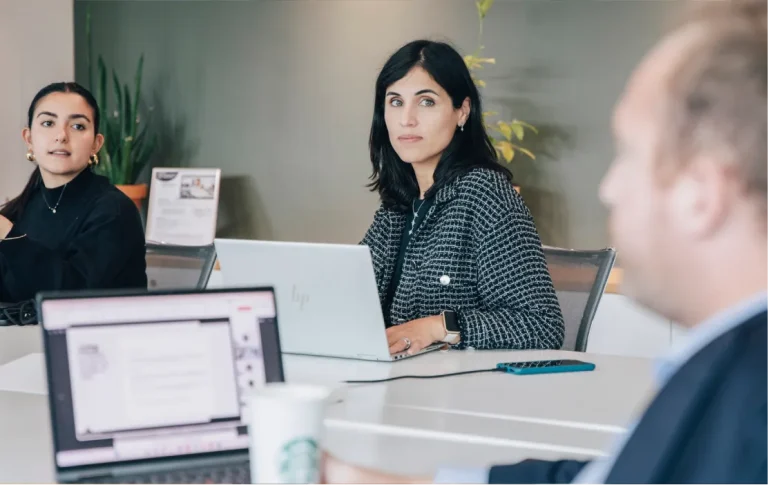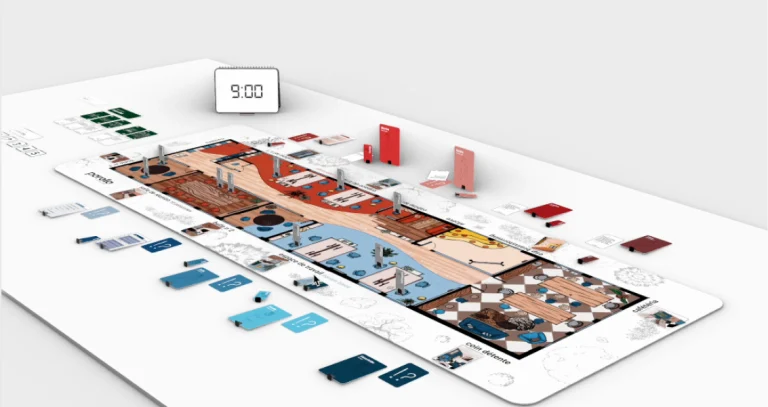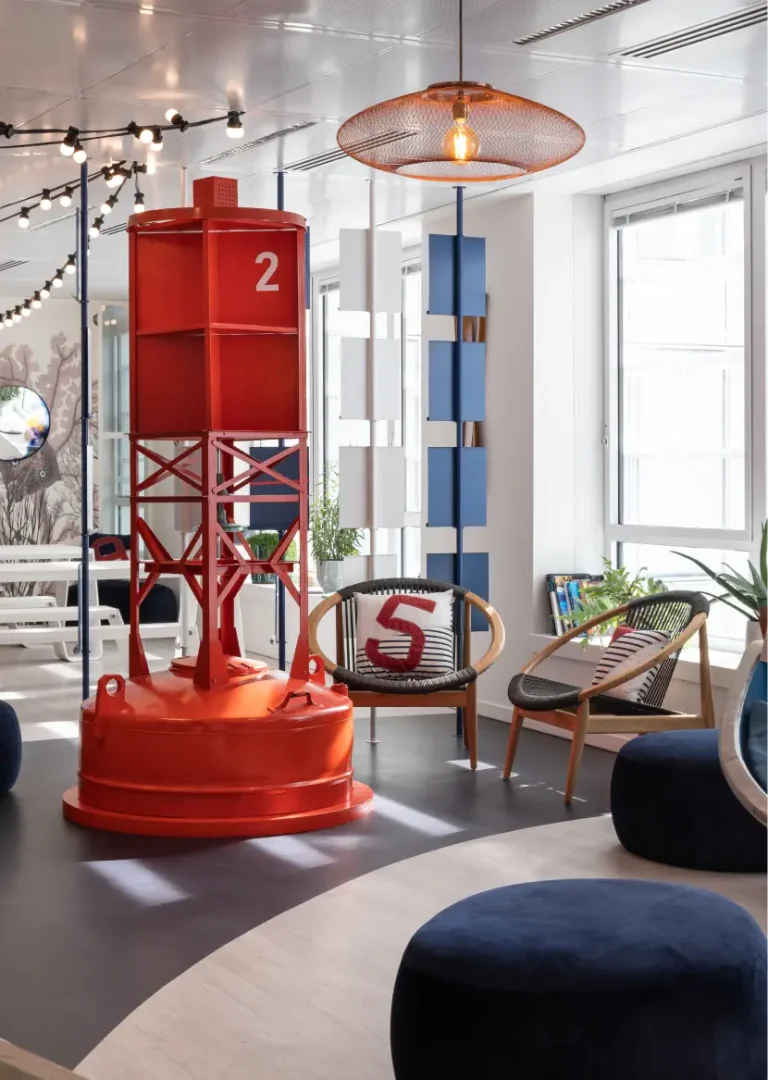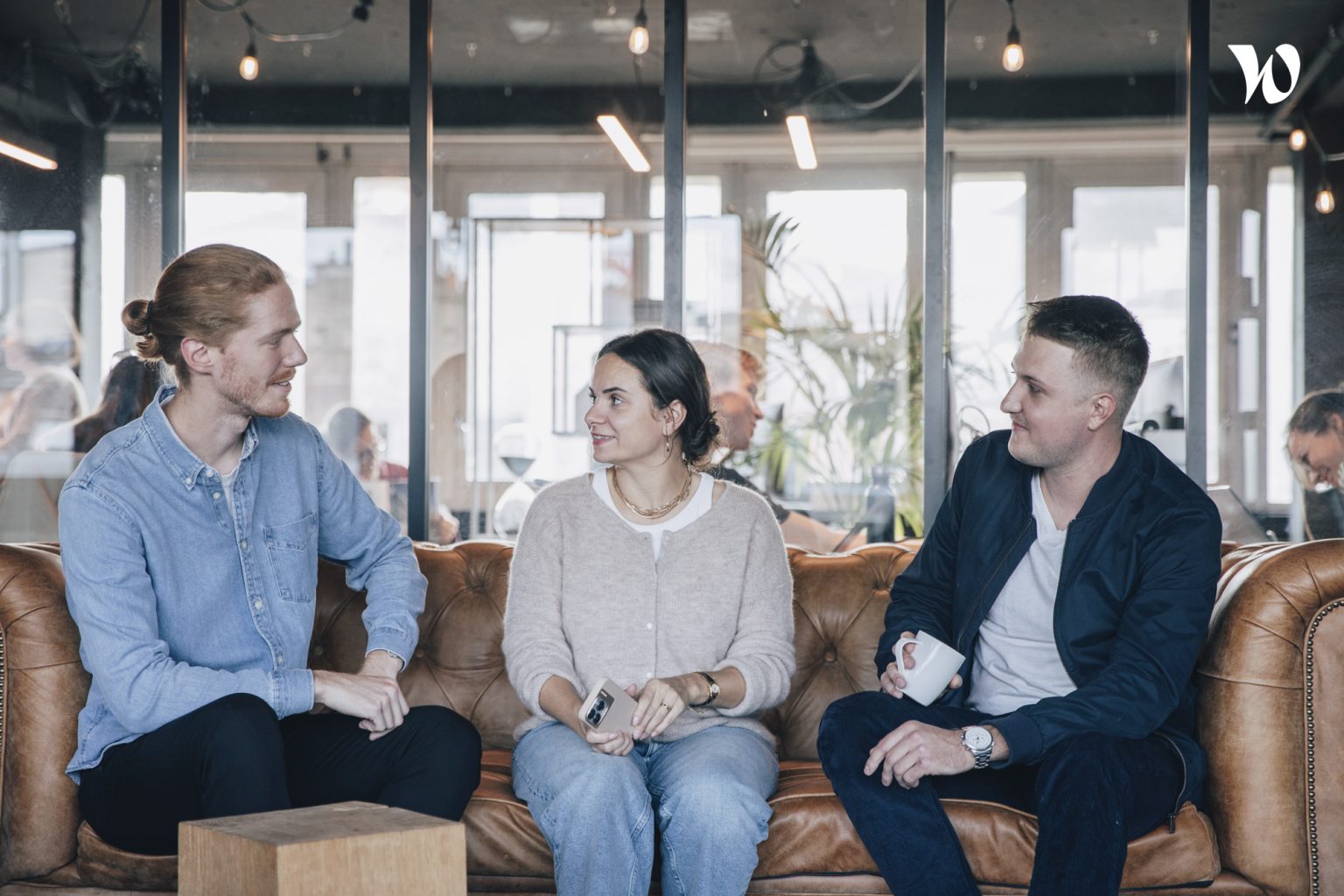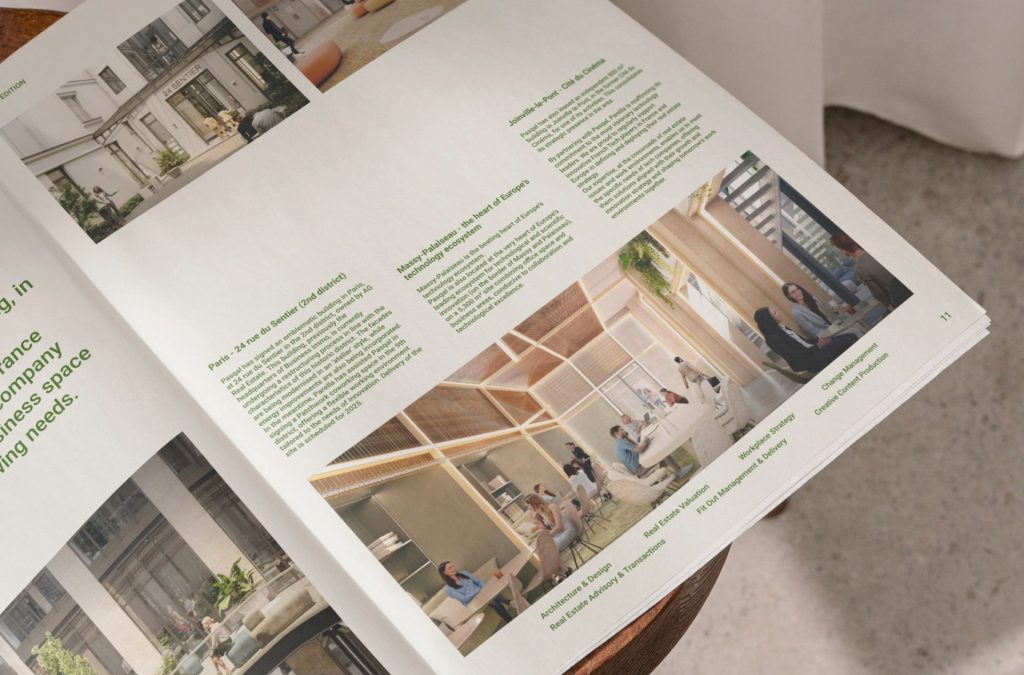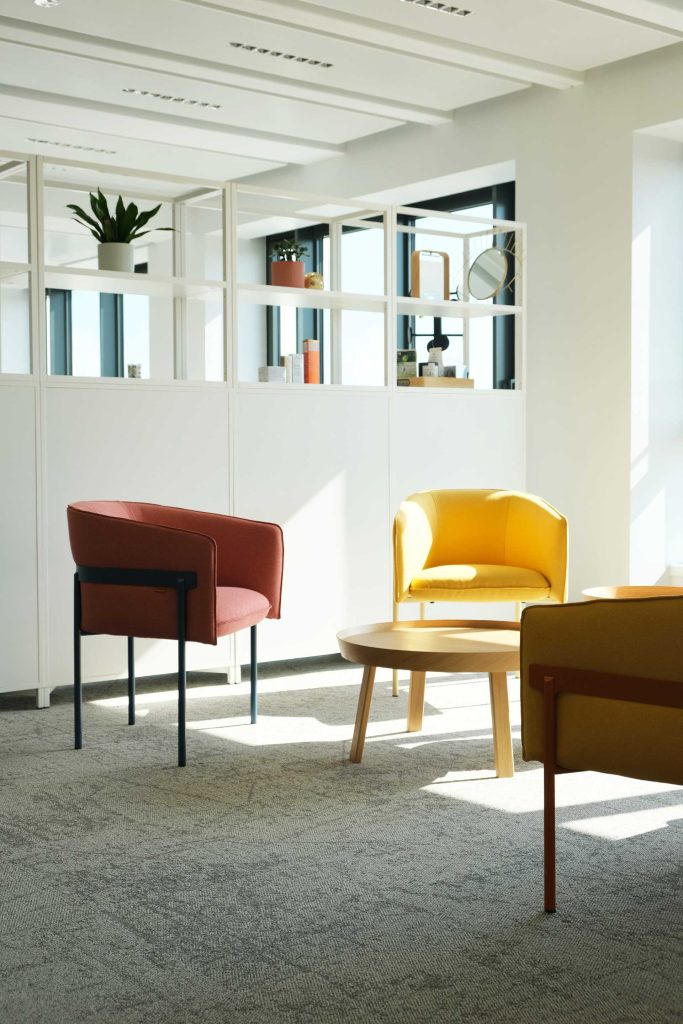Remanence of a real estate project
Persistence: "The partial persistence of a phenomenon after its cause has disappeared.".
When carrying out a relocation project, the time constraints are often numerous, and the focus is on the date when the teams move in, and all efforts are concentrated on making a success of this welcome day.
It must indeed be a high point for the teams present, the culmination of several months' thought and work. But what remains of this collective effortand enthusiasm after the move?
It's over time, however, that a transformation project will bear fruit, so it's important to ensure that it lasts .
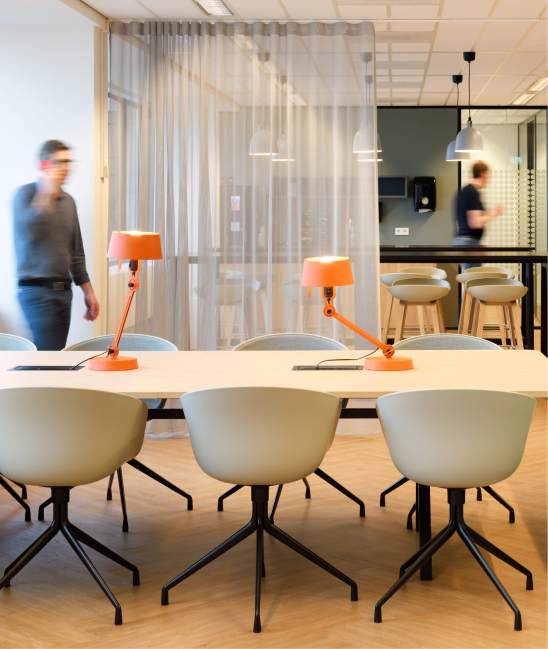
Laurens project by Parella
Think story telling right from the start
What do you want to retain as a strong message from this move?
Certainly not the fact that you had to leave your previous location because the building was outdated or your premises were too small for your growth.
While this cause must of course be explained at the outsetthe project, it the ambition you're going to define for your target building. target building:
- the creation of a common home,
- theexpression of your values,
- the deployment of an employee experience in symmetry with your attentions to your customers ...
This ambition will guide the programming of your building and the design of your spaces, and will need to berelayed by the communication plan.
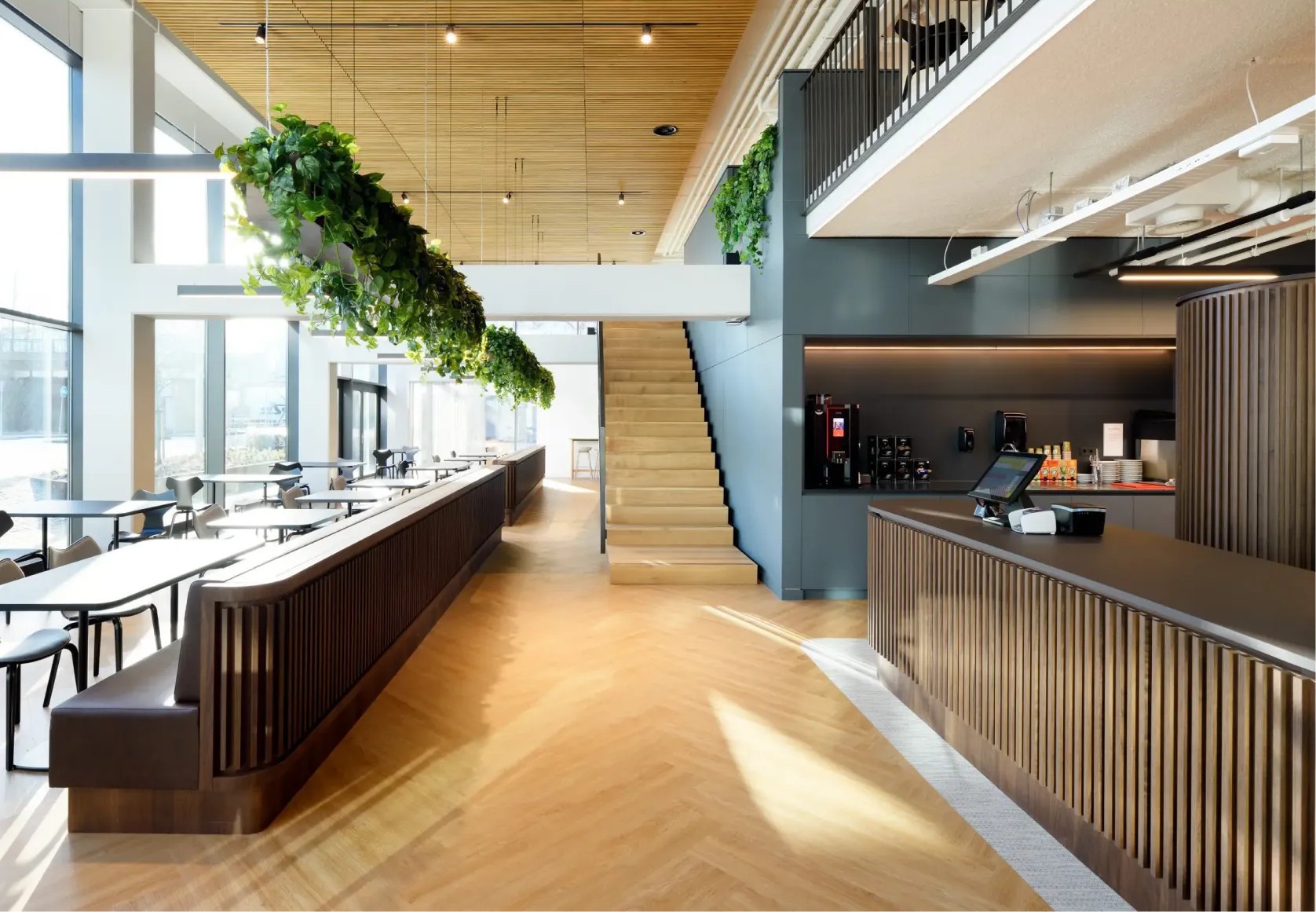
Tverything doesn't end with the move - on the contrary, it's where it all begins!
While project teams generally arrive exhausted at the end of the marathon that is a relocation project, for employees, this is where it all begins: the appropriation of new premises, the discovery of new ways of working, the establishment of new rituals...
To get the ball rolling, we feel it is necessary to bring new players into the game, second-half "finishers of the second half as Fabien Galthié in rugby.
They will be in charge of instilling this energy and promoting these new uses, making the most of the spaces and services put in place by the design team.
It's to accompany this implementation that we like to return to our projects after the move-in, to provide feedback that is much more than an assessment, it's a plan of action for the future.
Time for appropriation
During the course of your project, you may also discover a subject that you don't have the time to deal with, or for which the use is not yet complete: for example, the installation of a multi-purpose reception area.
Rather than risk setting up a layout that is not suitable, launch an experiment with salvaged or rented furniture for the test period.
In this way, you can calmly fine-tune uses with users, and continue the dynamic of progress after installation on site.
In the same way, you can leave yourself breathing space, in terms of personalization or additional space, as uses are gradually defined as the site is appropriated.
Experiment with, formalize and disseminate the development charter
In the case of a group with several sites, the deployment of newworkspaces and innovative services on one site should be considered as an experiment.
This can be an opportunity to publish a workspace designcharter , as in the case ofArkea, which presented it to its Works Council before rolling it out to the various projects in progress, or Sanofi, which has written a playbook of service references to be applied to its various sites.
This helps to unite the group and spread the employer brand. Employees who have to travel to different sites will find a familiar working environment, which reinforces the sense of belonging and collective performance.
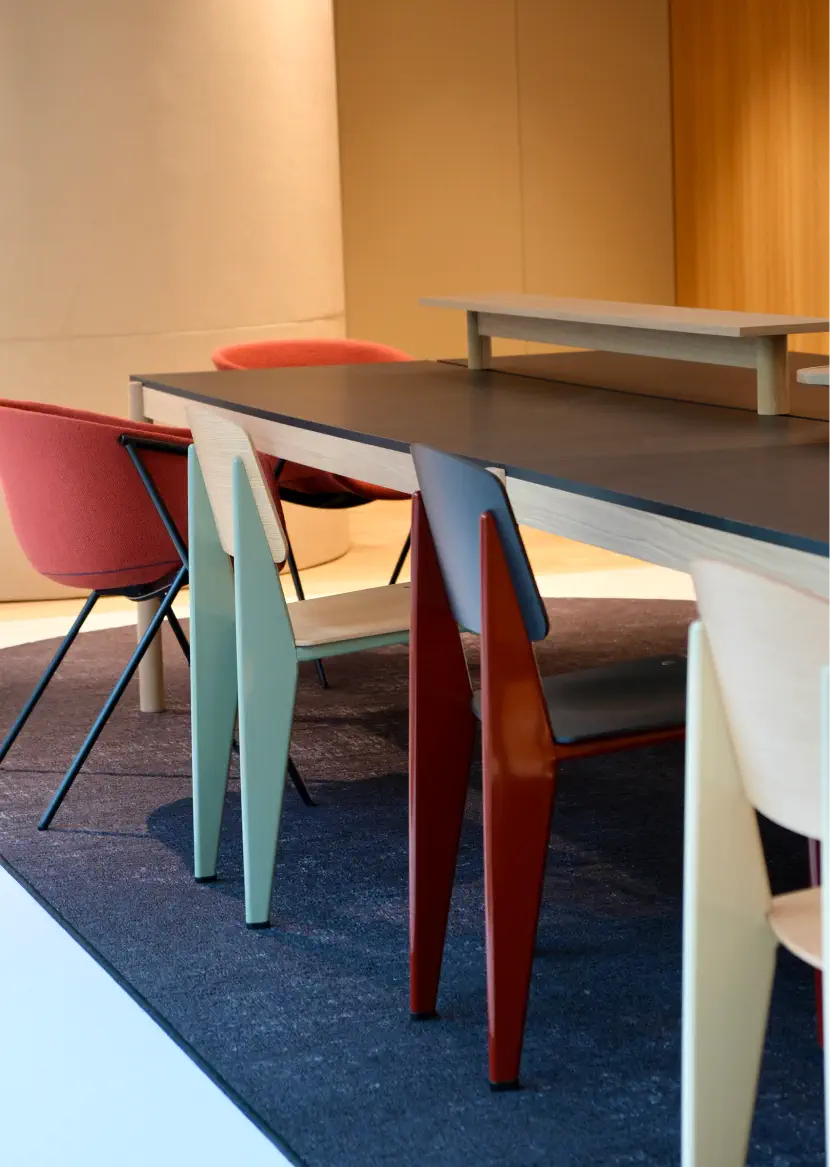
Include user experience din the integration process
It is essential to include two moments in thee integration process: firstly, to remind them of the ambition and the reason why we are living together in this building, and secondly to explain to them the how, the services they will be able to find, the good uses of the facilities. explain the how, the services they'll find and how to use the various spaces.
That's a lot of information for a first day, this appropriation must be staggered, as it is when you're moving in: add abuddy"to to help the new employee first discover his or her immediate working environment: team territoryteam territory, and and, of course, the restaurant..
To promote good habits, a session on the rules of life could be useful.At Parella, every 6 months, we hold a workshop on the rules of life.La Bonne Bulle© to share uses to newcomers.
Then we'll take the new employee to discover the building's building, for for example a visit to a sports class.
Time for appropriation
During the course of your project, you may also discover a subject that you don't have the time to deal with, or for which the use is not yet complete: for example, the installation of a multi-purpose reception area.
Rather than risk setting up a layout that is not suitable, launch an experiment with salvaged or rented furniture for the test period.
In this way, you can calmly fine-tune uses with users, and continue the dynamic of progress after installation on site.
In the same way, you can leave yourself breathing space, in terms of personalization or additional space, as uses are gradually defined as the site is appropriated.
Lhe eye for detail
In a development project, many ideas are put forward by project teams, debated and adjustedes, finally implemented ... but who remembers the care taken to the choice of layout?
Yet it's this detail that I feel is important to highlight and to remember - or to discover for newcomers and visitors alike.
I found interesting the little explanatory labels that Sanofi has been able to put up in its its Maison: indicating that a particular acoustic has been eco-made from recycled materials, and its contribution to workspace comfort, or that the presence of planted areas promotes the well-being of employeesand that they have have been designeds so that that 65% of employees have a direct view of the vegetation.
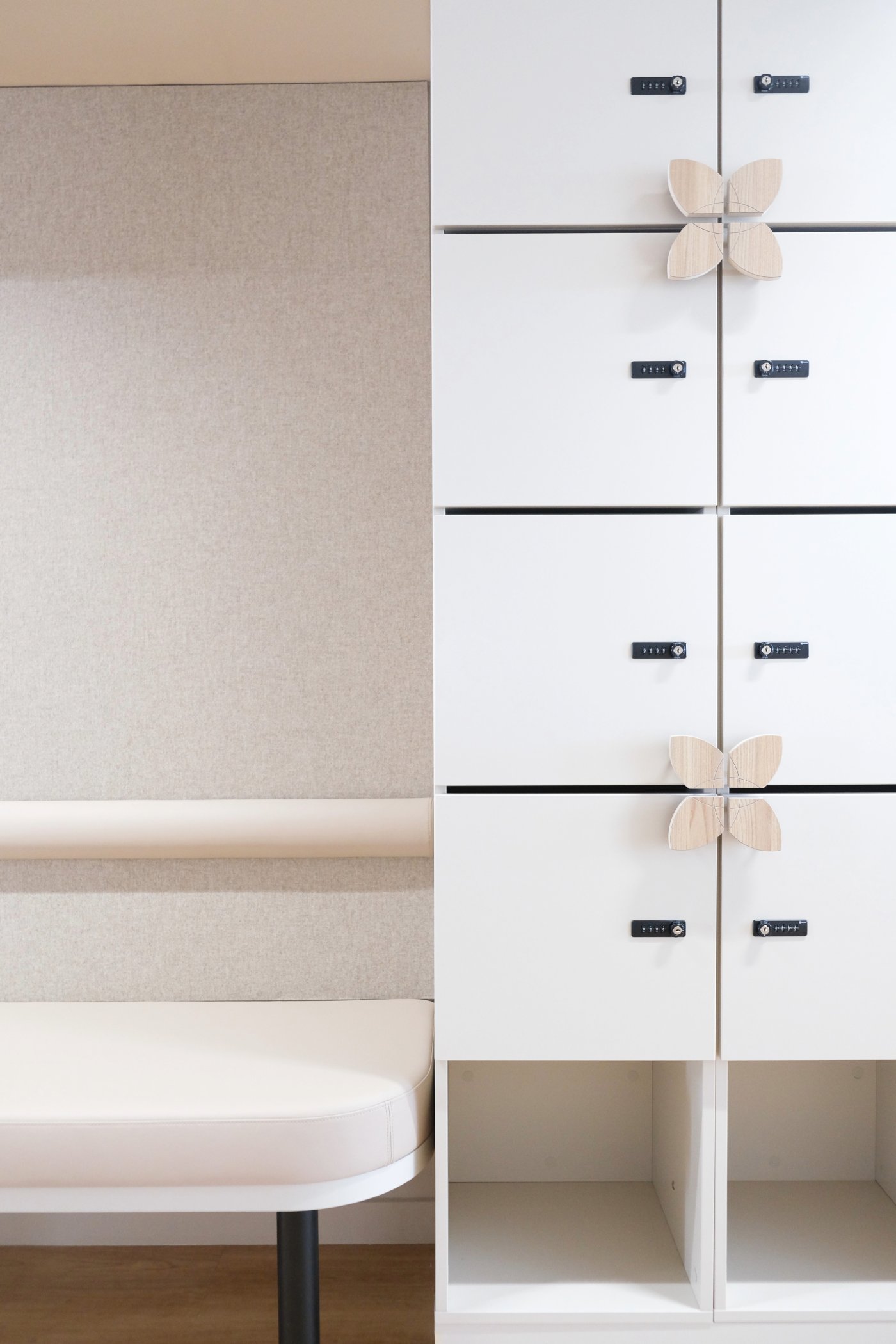
The future every day
When we ask workplace managers about the future of the office, they tell us that they are living the future on a daily basis, constantly listening to new user needs and adapting and testing their service offering accordingly.
We can lay the foundations for continuous improvement on 3 principles:
- Sponsoring / Reporting: Setting objectives and using KPIs in line with corporate strategy (space occupancy, employee satisfaction, service use, etc.).
- Transversality: Include all contributors to the user experience (Work Environment, IT, HR, Com) in a monitoring committee, and define management processes to ensure its reliability.
- Community animation: Establish a dialogue with employees and managers, based on regular workshops and surveys, to consolidate areas for improvement and identify new expectations.
You may also like...
